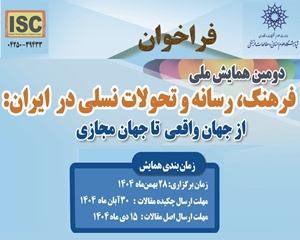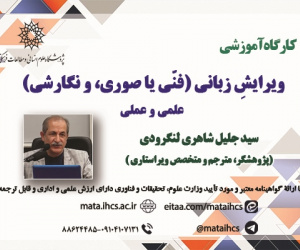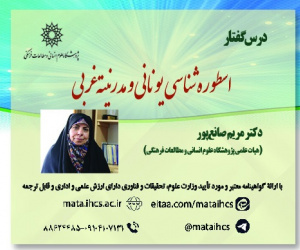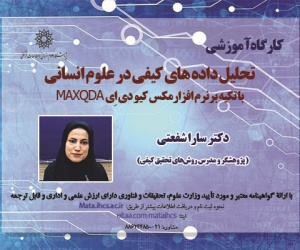نهادینه سازی رمزارزها در اقتصادهای نوظهور (مورد مطالعه: شرکت های خانوادگی)
آرشیو
چکیده
هدف: این مقاله به بررسی ظهور و نهادینه سازی ارزهای دیجیتال در شرکت های هلدینگ خانوادگی در ایران می پردازد. هدف این پژوهش، درک چگونگی استفاده اعضای جوان تر این شرکت ها از فناوری های اجتماعی برای پر کردن شکاف دانش مالی و تبدیل شدن به کارآفرینان نهادی است که تغییرات بنیادینی را در شرکت های عمدتاً سنتی خانوادگی خود ایجاد کرده اند.روش پژوهش: این مطالعه بر اساس یک تحقیق کیفی طولی است که در طی یک دوره ۱۸ ماهه بر روی پنج شرکت خانوادگی انجام شده است. داده های مطالعه با استفاده از مصاحبه با افراد در سطوح مختلف شرکت ها، مشاهدات و جمع آوری اسناد مرتبط سازمانی صورت پذیرفته است. با استفاده از مفاهیم نظری منطق نهادی، چارچوب بندی و قابلیت، این پژوهش به بررسی فرآیندی می پردازد که از طریق آن اعضای جوان تر این شرکت ها، فرصت ها را در زمینه های نهادی دیگر شناسایی کرده، دانش لازم برای اجرای این نوآوری ها را به دست آورده و این نوآوری ها را برای سایر اعضای سازمان چارچوب بندی کرده اند.یافته ها: یافته ها نشان می دهد که معرفی ارزهای دیجیتال منجر به تغییراتی تحول آفرین از جمله ایجاد خطوط سرمایه گذاری نوآورانه، پذیرش روش های کسب و کار مدرن تر و توسعه ساختارهای سازمانی جدید در شرکت های مورد بررسی شده است که همگی با منطق نهادی بازار همسویی دارند.نتیجه گیری: با تکیه بر یک بدنه رو به رشد از پژوهش ها در مورد مفهوم چارچوب بندی، این مقاله به بحث در مورد رابطه بین گفتار مخل و تحول دیجیتال، چالش های مرتبط با نهادینه سازی و در نهایت ترتیبات نهادی موجود که داوران اصلی در تعیین نحوه مشروعیت یافتن ترتیبات جدید هستند، کمک می کند، و تحولی که توسط اعضای جوان تر شرکت های خانوادگی ایجاد شده است را به عنوان فرآیندی که با شناسایی فرصت های خارجی، کسب دانش مرتبط و چارچوب بندی مؤثر نوآوری برای پذیرش در زمینه سازمانی پشتیبانی می شود، مفهوم سازی می کند.The Technology-afforded Institutionalization of Cryptocurrencies in Emerging Economies (Case Study: Family-holding Companies)
Objective: This article explores the emergence and institutionalization of cryptocurrencies within family-holding companies in Iran. It examines how younger members of these traditionally managed firms, despite their initial limited financial expertise and lower status, leveraged the affordances of social technologies to drive significant changes in their organizations. The study focuses on understanding how these individuals became institutional entrepreneurs, promoting cryptocurrencies as a future-oriented financial instrument capable of generating profits even in challenging economic conditions.Method: The study is based on a longitudinal qualitative analysis conducted over an 18-month period involving five family firms. Data was collected through interviews with individuals at various levels within the firms, observations, and analysis of relevant organizational documents. The study draws on the concepts of institutional logics, framing, and affordances to trace the process by which younger members identified opportunities in other institutional contexts, acquired the necessary knowledge to implement these innovations, and effectively framed the adoption of cryptocurrencies within their organizational fields.Results: The findings reveal that the introduction of cryptocurrencies led to transformative changes at the firm level. These changes included the creation of innovation investment lines, the adoption of more modern business practices, and the development of new organizational structures, all of which aligned with market institutional logic. The study highlights how these changes were driven by the younger generation’s ability to frame and legitimize the adoption of cryptocurrencies, despite the inherent volatility and risks associated with these digital assets.Conclusions: This article contributes to the ongoing debate on the relationship between disruptive talk and digital transformation. It emphasizes the challenges of institutionalization and the role of existing institutional arrangements in shaping the legitimacy of novel innovations. The study conceptualizes the transformation driven by younger members of family firms as a process supported by identifying external opportunities, acquiring relevant knowledge, and effectively framing the innovation to gain acceptance within the organizational field.







